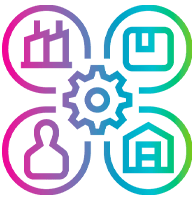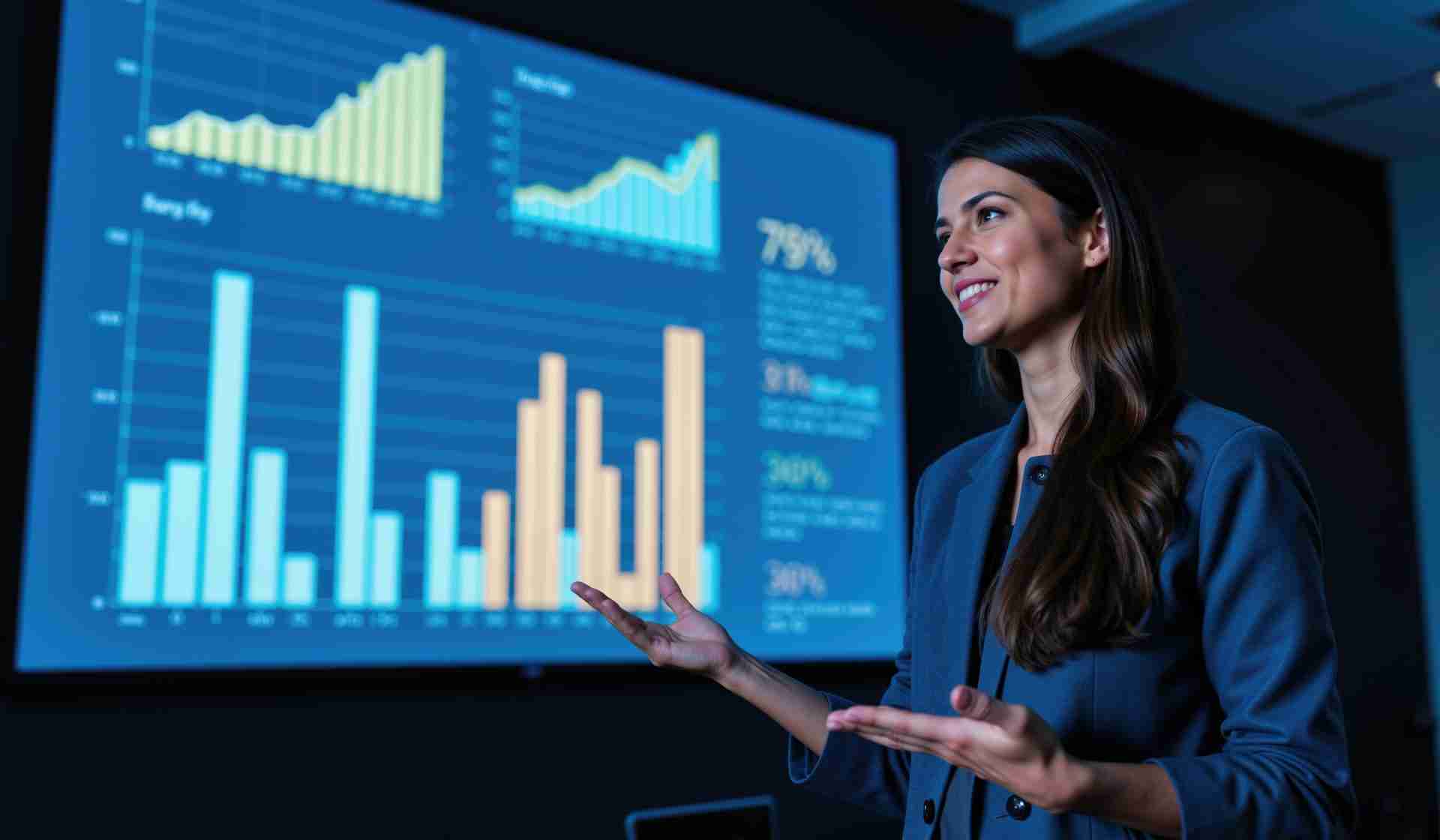)
B2B and Customer Segmentation Explained
Benefits of Customer Segmentation
Market segmentation is arguably one of the most important business and marketing processes all B2B and B2C companies should have. Segmentation helps you define, find and accurately target your customers and helps you better connect with them. Subsequently, it can steer product development, marketing communications and brand strategy.
Types of Segmentation
When building a business or a brand, it is critical to understand the market you will be operating in and the customers you are attempting to attract. You need to ensure you know who your key (core) customers will be and who will be the other audiences you are likely or need to win over. This is includes understanding: who they are, where they, what media they consume, their needs and attitudes about the category, their values, their behaviours and more importantly how many. Armed with this information you brand and business strategy can thrive.




Demographic segmentation is commonly used and a relatively straightforward and includes information on age, gender, marital status, income, and education level.
Demographics are relatively easy to attain and equally important simple to understand making them suitable for B2B and B2C segmentations.
Today demographics tend to be too simplistic for most customers unless the product is gender specific or targeting a particular lifestage (E.g. families, youth, empty nesters).
Behavioral segmentation is a powerful way to gain insight into the actions and behaviors of customers. This could include: buying of specific products or brands based on frequency, loyalty, seasonality or even price point.
It can be used to identify buying patterns and preferences and tailor products, services, and marketing messages to specific customer segments.
However, the weakness of behavioural segmentation is that the people within each segment may not be similar attitudinally and therefore they may be difficult to target through marketing.
Firmographic segmentation is for B2B organisations.
If you’re a B2B company, you will be less interested in your prospects’ individual, personal characteristics. Your buyer is a company, and you need to understand the character of that business rather than the individuals who comprise it.
Firmographic segmentation goes hand in hand with company info. It includes the industry, company size, revenue, location. Persona development goes further into depth and explores the decision-makers within the organisation (job role, their role and responsibilites, their needs and interests). ,
Psychographic segmentation focuses on understanding the needs and motivations of your target audience.
This includes:
- Personality and psychosocial
- Lifestyles, interests and hobbies
- Values and beliefs
- Attitudes and political orientations
- Needs and ambitions,
Whilst using one of these approaches might work for you, we believe the best approach is to combine multiple approaches to find the solution which best suits you. Remember it is important to create your own unique segmentation as this will help ensure you are different to your competitors, not only in terms of your target market but also in your brand proposition, positioning and communications.

How to profile your customer
Quantitative interviewing methods such as telephone, face-to-face and online surveys are the ideal way of capturing demographic and psychographic insight into your customer. We typically recommend sample sizes over 1,000 as this allows for more elaborate analysis and customer segmentation. However, for B2B research sometimes only small samples are possible so qualitative profiling and persona development may be possible.
It is well known that the quality of the research is only as good as the expertise that goes into writing and developing the questionnaire. With decades of collective experience, our survey experts can help you create the optimal questionnaire and ensure all important areas of interest are covered.
Pro Tip. If you have the budget, always consider starting the process with a qualitative research study, such as focus groups, in order to develop ideas and hypotheses about who your customers are.
Both Psychographic and Demographic information plays an important role in market research, and the provision of customer insight, and both are fundamental inputs into business and marketing strategy. For those new to the term, in a nutshell, the definition of Psychographics is the study of Personality, Values, Opinions, Attitudes, Interests and Lifestyles.
Psychographic variables are sometimes confused with demographics which are more factual in nature (i.e. demographics include terms such as Age, Gender, Social class, Ethnicity etc). On a larger scale, psychographic profiling at the national level is equivalent to the concept of “culture” for the country as a whole.
Psychographics are typically used alongside demographics by businesses to create a detailed understanding of the customer and customer segments within the market for marketing purposes. When a complete profile of a person or psychographic make-up is constructed, this is called a “psychographic profile” which is often illustrated as an amalgamation of pictures, words, and attitudes. Psychographic profiling is used in market segmentation as well as in advertising. Some categories of psychographic factors used in market segmentation include:
- Activities and interest
- Attitudes and behaviours
- Values and beliefs
“Psychographics are about using the demographic information you have for your buyer persona to figure out more about their lifestyle, behaviours and habits.” – HubSpot.
The table below shows the demographic and characteristics of a female gym-goer :

Looking at the above, it’s easy to see why we need both demographic and psychographic data in marketing – at a very basic level, demographics tell us ‘who’ is buying your product, and psychographics tell us ‘why’ they are buying. Over the years, demographics such as age and social class have become less good predictors of people’s attitudes and behaviours because people are living younger for longer and that social class boundaries have largely disappeared.
LET’S HAVE A CHAT
If you are curious to know more about how we could work together, or how our insights can grow your business, then please give call us on 0203 693 3150 or use the contact button below.

)
)